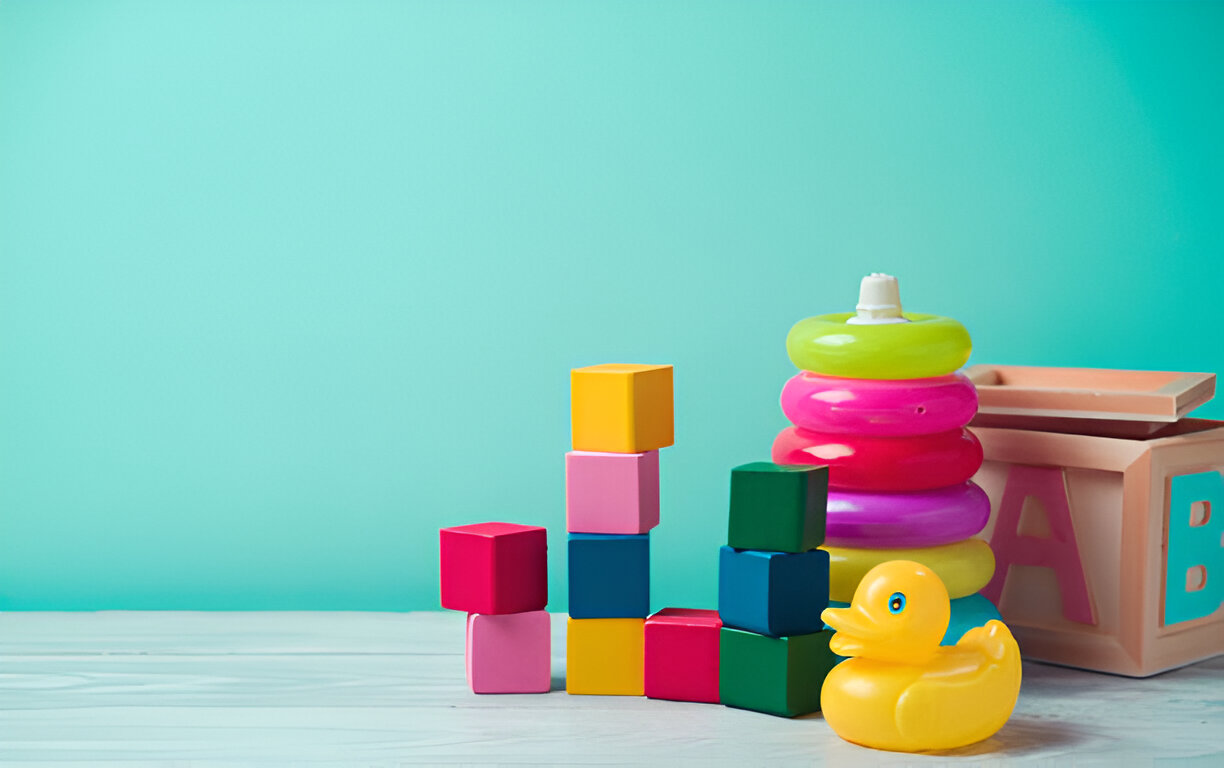The Early Days
Baby accessories have evolved from simple handmade essentials to sophisticated, technology-driven innovations that redefine parenting convenience. Historically, parents relied on natural materials like cotton, wool, and wood to create baby essentials. Swaddling clothes, wooden rattles, and hand-knitted blankets were among the earliest baby accessories used for warmth and comfort. Over time, cultural influences shaped these accessories, introducing regional variations in baby gear that met specific environmental and societal needs.
The early 20th century saw the rise of commercially produced baby items. Mass production made baby essentials more accessible, and families embraced newly designed products for convenience. Baby bottles, soft toys, and basic strollers became standard household items. The transition from handmade to machine-made baby gear marked a significant shift in accessibility and affordability.
Mid-Century Innovations
With technological advancements, baby accessories in the mid-20th century became more sophisticated. Plastic baby bottles, rubber pacifiers, and disposable diapers revolutionized parenting. Companies began focusing on ergonomics, ensuring that baby gear provided both safety and comfort.
During this era, baby cribs with adjustable side rails and padded mattresses became common. Strollers evolved from simple prams to collapsible models that allowed for better portability. High chairs designed with safety harnesses became standard in homes. Pediatricians and researchers contributed to baby product design, emphasizing child development and safety standards. This period also introduced baby monitors, which provided parents with a new level of reassurance.
The demand for baby accessories grew exponentially as families embraced more advanced products. Parents sought items that could simplify childcare, resulting in the rise of multifunctional baby gear. Travel cribs, convertible car seats, and diaper bags with built-in changing stations emerged as must-have items.
Modern Innovations: Smart Technology and Sustainable Materials
The 21st century has witnessed a surge in smart baby accessories, integrating technology to enhance childcare. Smart baby monitors with video streaming, temperature sensors, and breathing trackers allow parents to monitor their infants remotely. Wearable baby monitors analyze sleep patterns and alert parents to irregularities.
Sustainability has become a priority in baby product manufacturing. Eco-friendly materials like organic cotton, bamboo fabric, and biodegradable diapers are gaining popularity. Parents are more conscious of environmental impact, leading brands to adopt sustainable production methods. Silicone-based feeding products, reusable cloth diapers, and BPA-free bottles have become preferred choices.
Hospital outfits for the whole family are gaining traction as parents seek coordinated, comfortable clothing options during childbirth. These outfits ensure that both parents and newborns feel relaxed while creating memorable first moments together. Designed with soft, breathable fabrics, these outfits cater to the needs of new mothers, fathers, and infants. The emphasis on comfort and style has made them a sought-after accessory for modern families.
The popularity of ergonomic baby carriers has surged, with designs that distribute weight evenly to reduce strain on caregivers. Strollers now feature high-tech elements such as automatic folding mechanisms, built-in GPS tracking, and climate-controlled seats. Parents appreciate hands-free solutions, leading to innovations in wearable baby gear like smart pacifiers that track a baby’s temperature.
The Future of Baby Accessories
As technology advances, baby accessories are expected to become even more innovative. Artificial intelligence is being incorporated into baby gear, with AI-driven sleep coaches and interactive learning toys enhancing child development. Future baby monitors may use biometric data to predict health concerns before symptoms arise.
Sustainability will continue to shape baby product manufacturing. Companies are exploring plant-based materials for pacifiers and feeding bottles while introducing biodegradable baby wipes. Smart clothing that adapts to temperature changes and monitors a baby’s vital signs is also in development.
Personalization is another growing trend. Parents can now customize baby products, from embroidered blankets to personalized feeding sets. Subscription-based baby gear services allow parents to rent high-end strollers and baby swings, reducing waste and promoting sustainable consumption.
Conclusion
From basic necessities to high-tech innovations, baby accessories have undergone a remarkable transformation. The evolution of baby gear has been driven by convenience, safety, and sustainability. Parents today have access to a wide range of products designed to simplify childcare while enhancing a baby’s comfort and well-being.
As parenting trends shift, the demand for smarter, safer, and eco-friendly baby accessories will continue to rise. The future promises even more groundbreaking advancements, making parenthood a seamless and enjoyable experience. With the ongoing integration of technology and sustainable materials, baby accessories will keep evolving, catering to the needs of modern families worldwide.
